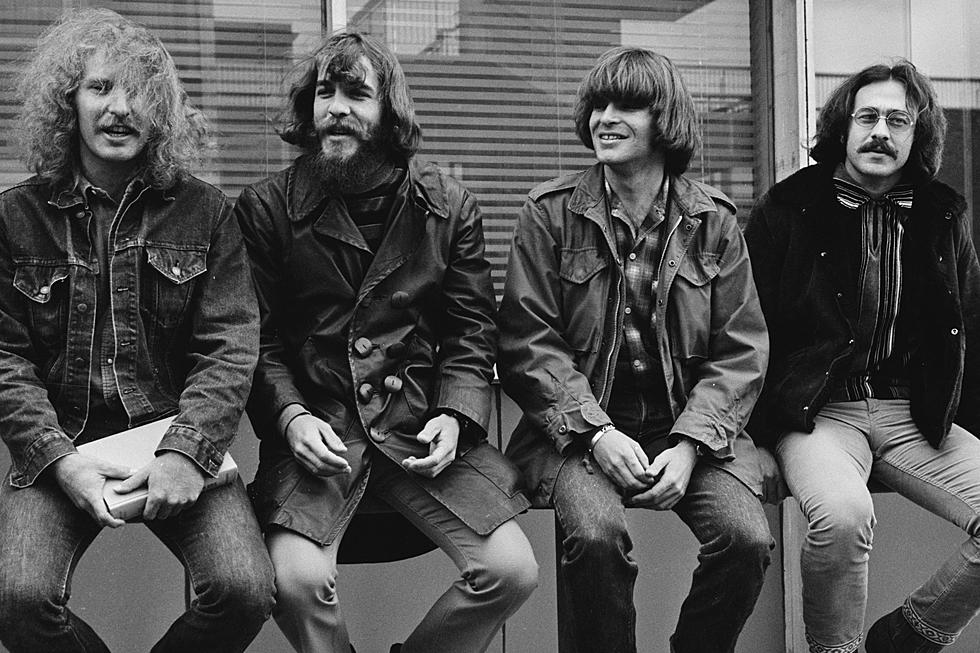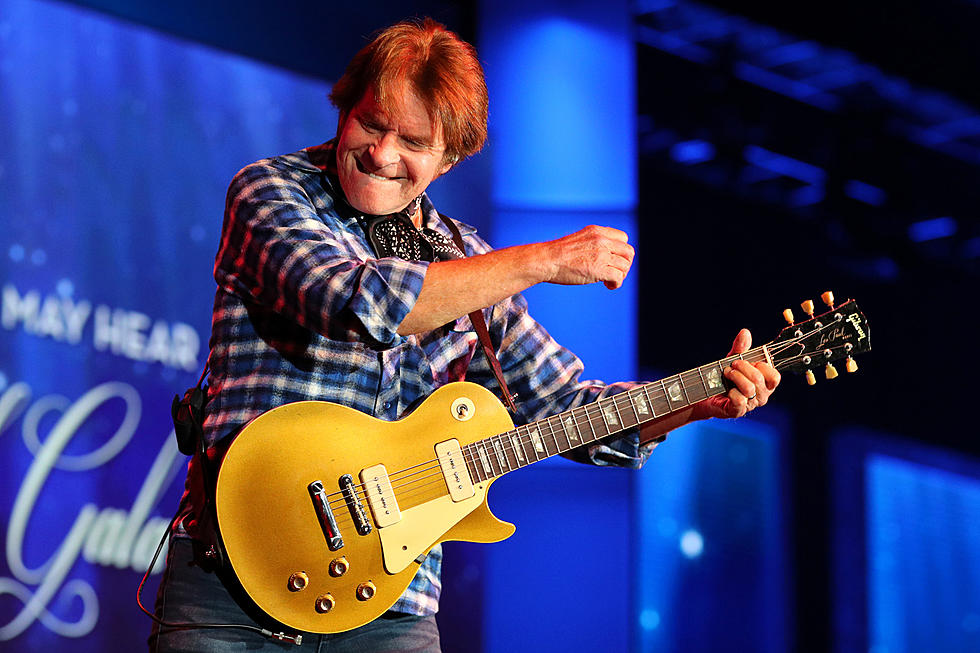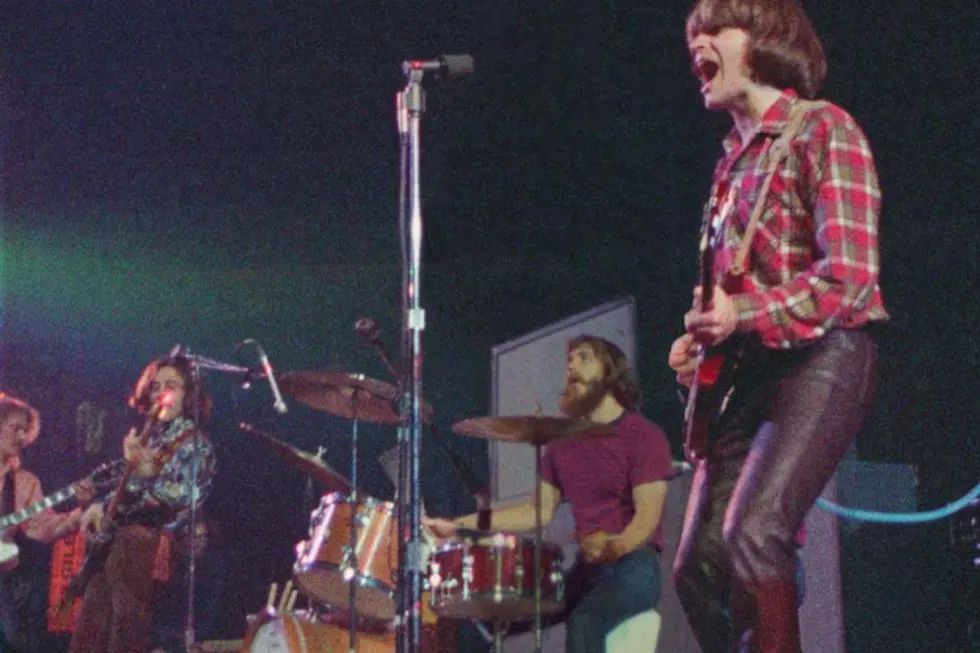
Revisiting Creedence Clearwater Revival’s Last Classic LP, ‘Cosmo’s Factory’
Creedence Clearwater Revival had a busy 1969, releasing three albums in 11 months. And immediately after that third record, the career-topping Willy and the Poor Boys, came out, they started work on Cosmo's Factory, which arrived eight months after its predecessor.
It was a whirlwind period for the quartet and especially frontman John Fogerty, who penned some of the era's most enduring classics during the era. And by the time Creedence started recording Cosmo's Factory, their fifth album, he was working his bandmates to the point of fatigue and burnout.
This wasn't exactly a healthy situation for the group – the "factory" in the album's title came from bassist Doug Clifford's not-so-flattering name for the Berkeley warehouse where they rehearsed – as the divide between Fogerty and the others began to expand. When Creedence Clearwater Revival released their next album, Pendulum, at the end of 1970, it was clear that the golden era was coming to a fast close (only "Have You Ever Seen the Rain" and "Hey Tonight" deserve a mention among the group's great earlier songs). Rhythm guitarist (and John's older brother) Tom Fogerty left the band shortly afterward, and it was only a matter of time before the younger Fogerty would shut it down completely.
Cosmo's Factory was the last classic album by a band that made more than a few during one of the most astounding periods in rock history. The first two songs released from the sessions – "Travelin' Band" and "Who'll Stop the Rain" – were also the first recorded in late 1969. They were released as a double A-sided single that reached No. 2 following its release in January 1970. Three months later, two more songs (recorded in March 1970) were released: "Run Through the Jungle" and "Up Around the Bend." They made it to No. 4 and 2, respectively.
The band then went to Europe for its first tour of the continent. In June, after Creedence returned, they went back into a San Francisco studio to complete work on the rest of Cosmo's Factory, which added seven more songs to its track list, including "Ramble Tamble," "Lookin' Out My Back Door" and "Long As I Can See the Light" (the latter two were also released as a double A-side single and once again hit No. 2).
Listen to CCR's 'Who'll Stop the Rain'
Creedence Clearwater Revival filled out the album with covers of a Bo Diddley song ("Before You Accuse Me"), an R&B number made popular by Elvis Presley ("My Baby Left Me"), a rockabilly number that was a hit for Roy Orbison ("Ooby Dooby") and an epic, 11-minute version of "I Heard It Through the Grapevine" – the Motown perennial that Marvin Gaye took to No. 1 in early 1969. Six years later, the song was pared down to single length and just missed the Top 40.
Cosmo's Factory became Creedence's second and final No. 1 album (1969's Green River made it to that position, too), and ended up staying at the top of the chart for nine weeks (Green River was there for four). It eventually sold more than four million copies, the band's bestselling LP besides the essential 1976 compilation Chronicle: The 20 Greatest Hits. All these years later, it remains one of the group's greatest works, and an almost entirely filler-free record of a singer and songwriter at the top of his game.
But Fogerty's control of the group at this time – he pretty much led his bandmates, sometimes against their will, through rigorous recording and touring schedules – left a rift that tore it apart just a few months later. Creedence Clearwater Revival released one more album after Pendulum, 1972's mostly depressing Mardi Gras, before Fogerty put out his first solo album, The Blue Ridge Rangers, in 1973.
Fogerty then took a decade-long break to sort through legal issues with his old record company. Cosmo's Factory looked to be Fogerty's last great stand until his triumphant comeback on 1985's Centerfield. Today, it marks the end of an incredibly productive era for one of rock's best bands.
Creedence Clearwater Revival Albums Ranked
More From Ultimate Classic Rock









